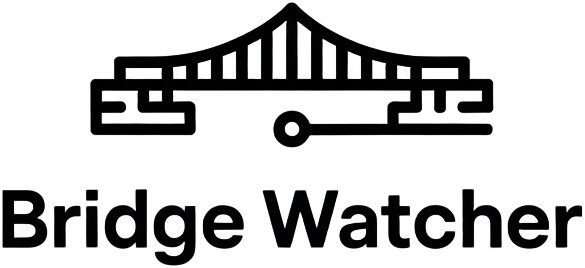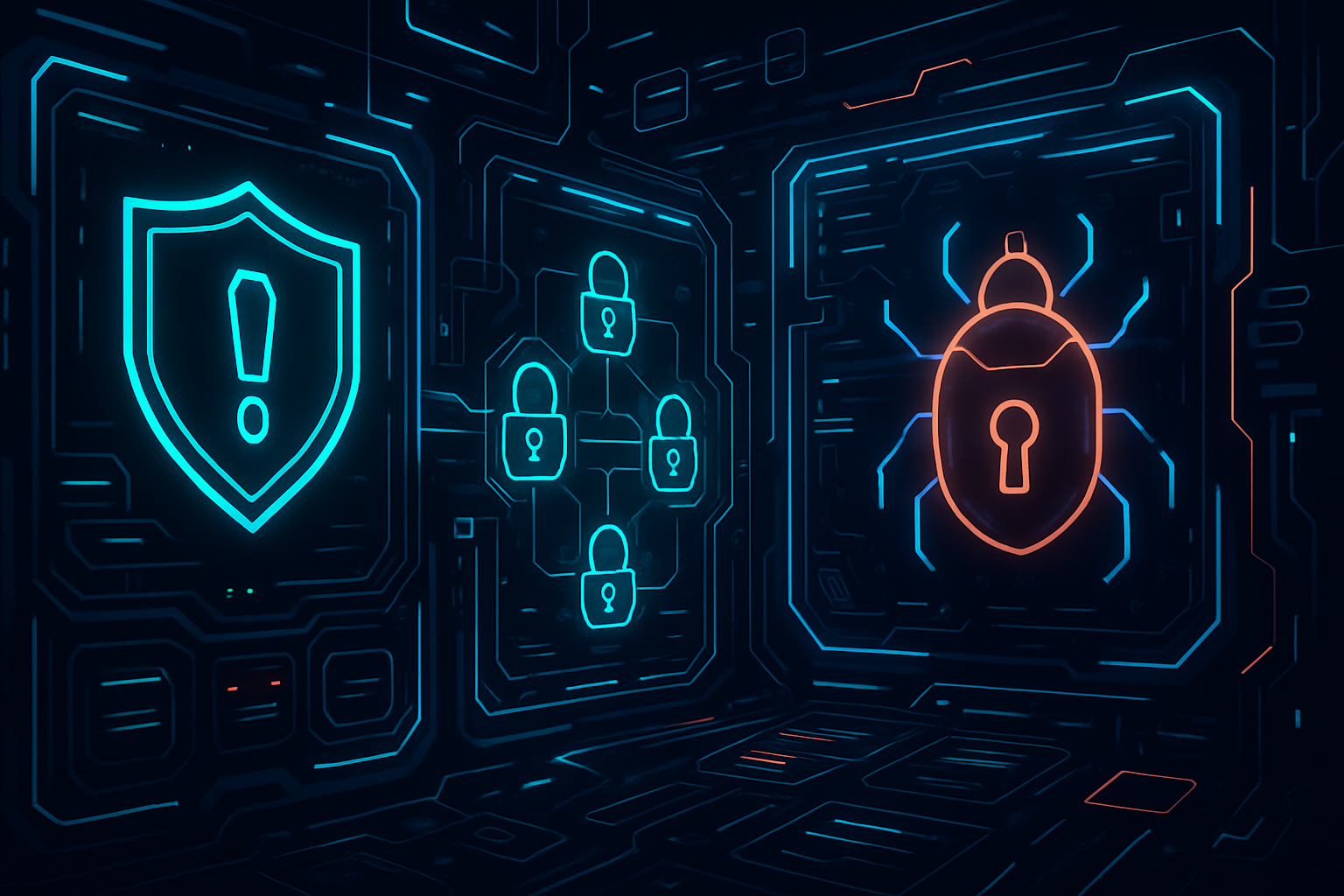
If you’ve been following the wild ride of decentralized finance, you know cross-chain messaging protocols are the glue holding our multi-chain world together. But with this power comes risk: bridges and messaging layers are prime targets for exploits, and attackers are getting more creative by the day. That’s where real-time risk scanners step in, acting as the ever-watchful guardians of blockchain interoperability.
![]()
How Real-Time Risk Scanners Work Their Magic
At their core, real-time risk scanners are like security cameras for your cross-chain assets. They don’t just take snapshots – they’re constantly watching, analyzing, and flagging anything that looks fishy. Here’s how they keep DeFi users one step ahead of attackers:
Top Features of Leading Real-Time Risk Scanners
-

Continuous, Real-Time Transaction Monitoring: Industry leaders like Hirule Labs offer non-stop surveillance of cross-chain transactions, enabling instant detection of suspicious or high-value activities across networks such as Ethereum and Arbitrum.
-

Advanced Pattern Recognition & Anomaly Detection: These scanners employ sophisticated algorithms to identify unusual transaction patterns, flagging potential exploits before they escalate. This feature is critical for catching subtle, evolving attack vectors.
-
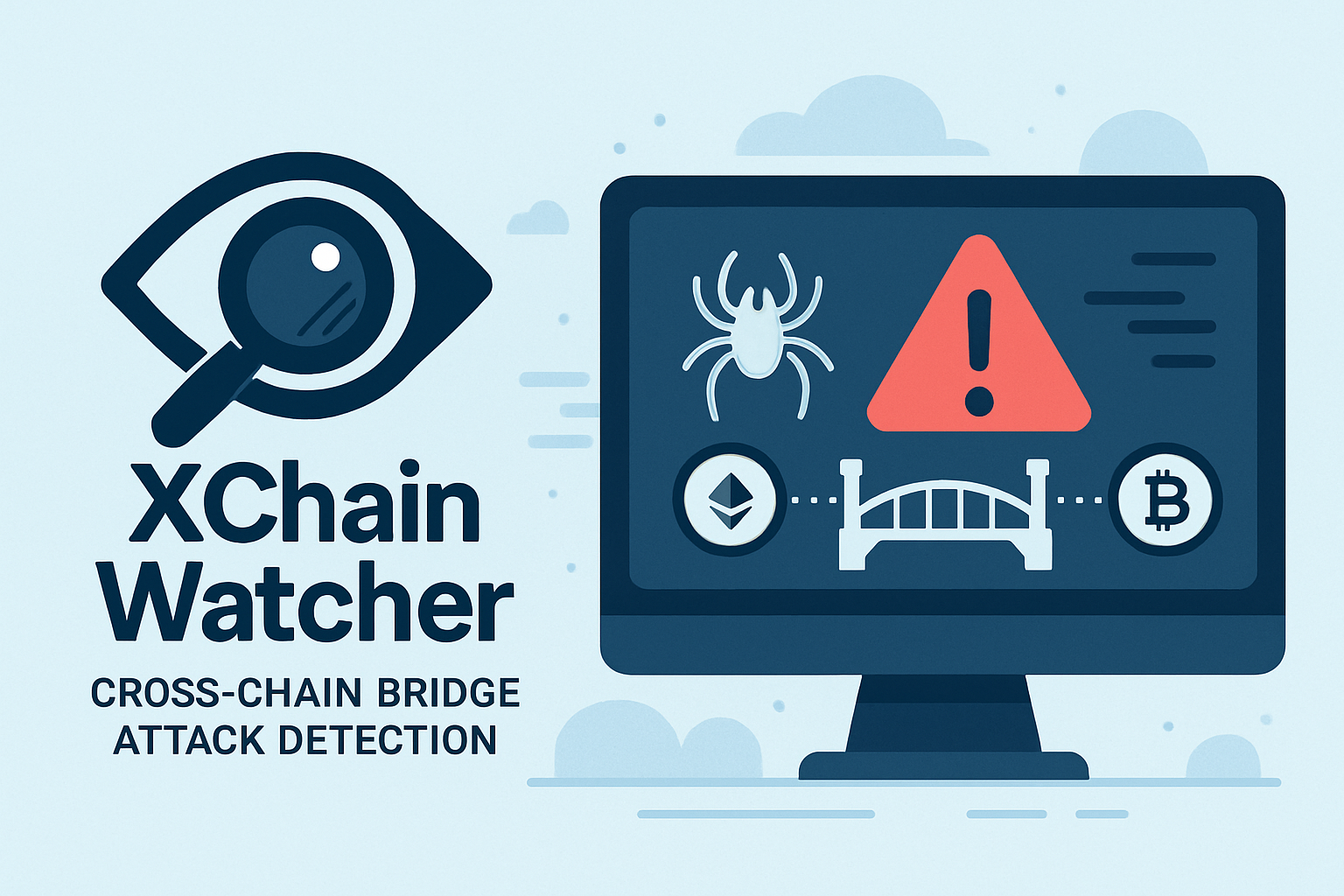
Cross-Chain Correlation of Activities: By linking related events across multiple blockchains, tools like XChainWatcher can spot coordinated attacks that span different networks—essential for comprehensive risk detection.
-
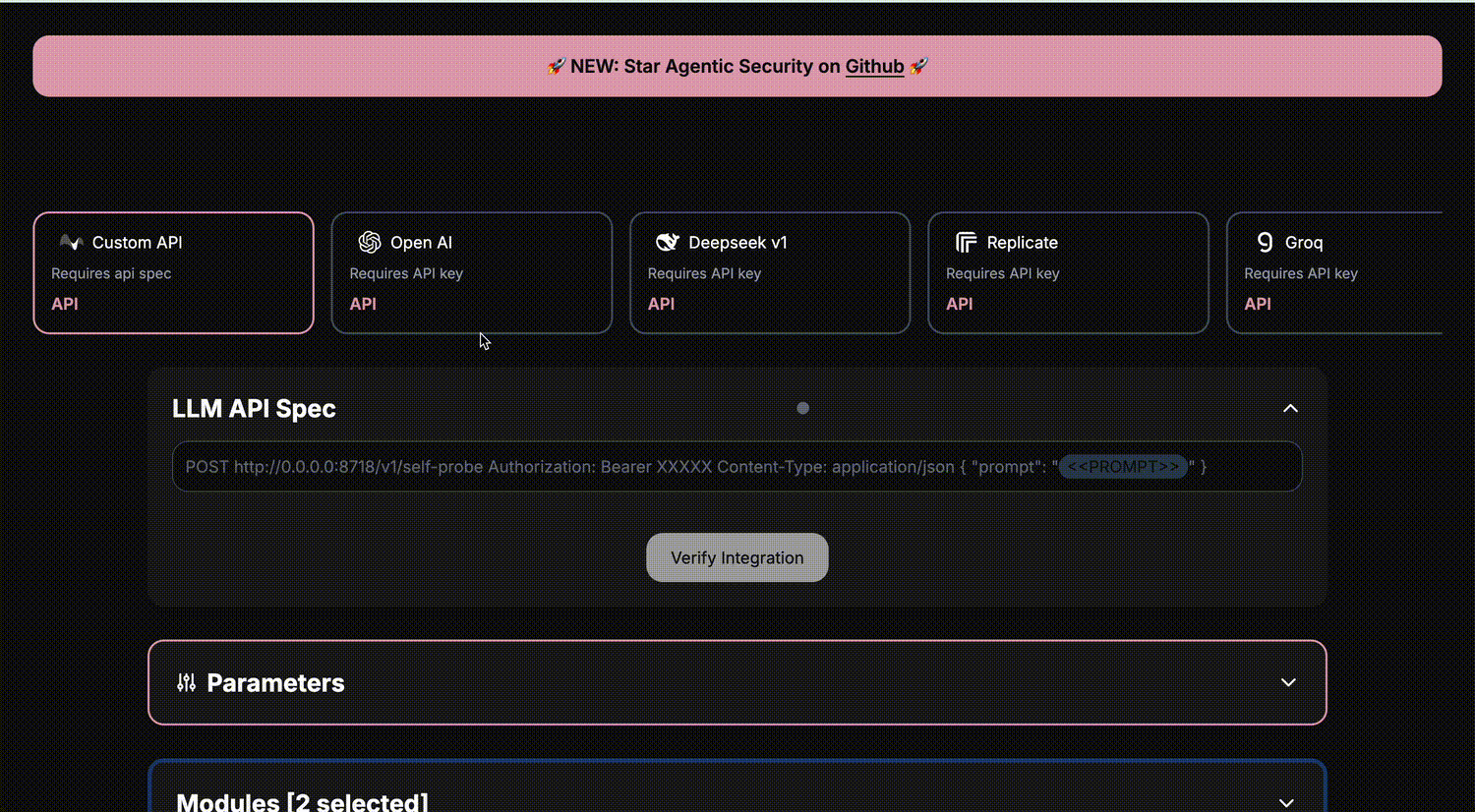
AI-Powered Vulnerability Analysis: Platforms increasingly integrate artificial intelligence to analyze complex transaction flows and provide explainable, actionable insights, boosting both accuracy and transparency.
-

Business Logic Violation Detection: Solutions such as HighGuard verify that smart contract transactions adhere to predefined business rules, identifying violations without modifying contract code or increasing gas costs.
-

Static Analysis of Smart Contract Vulnerabilities: SmartAxe performs in-depth static analysis, modeling access controls and data flows to uncover semantic inconsistencies in cross-chain bridge contracts.
-
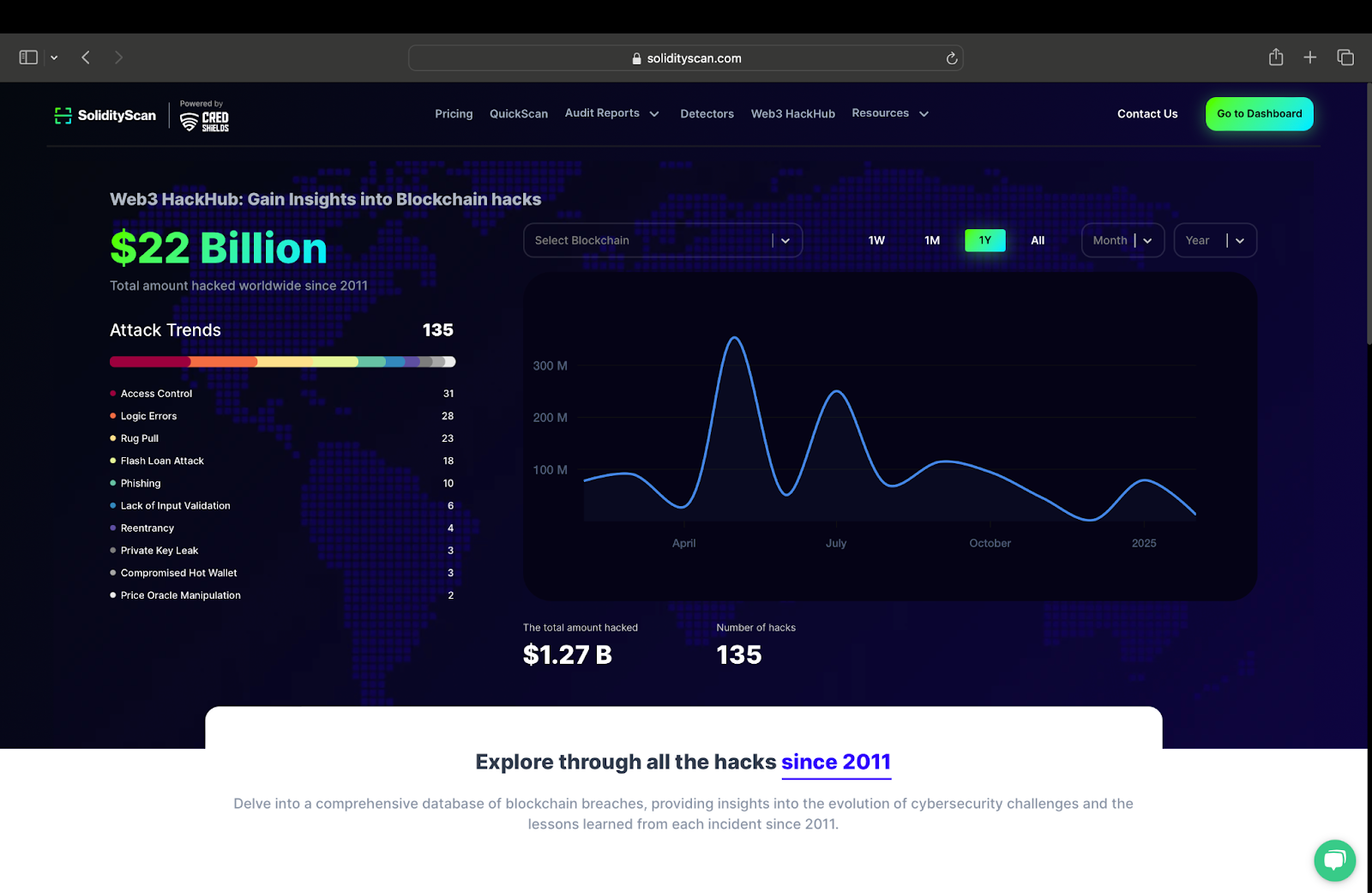
Automated, Actionable Security Reports: Top scanners generate real-time, detailed reports that help teams quickly understand vulnerabilities and respond before attackers can exploit them.
1. Continuous Transaction Surveillance: The best scanners monitor transactions across multiple chains simultaneously. Take Hirule Labs’ Cross-Chain Vulnerability Detection System, which keeps a close eye on high-value transfers between networks like Ethereum and Arbitrum. If something unusual pops up – say, an outsized transfer or a sudden spike in activity – it sounds the alarm in real time.
2. Pattern Recognition and Anomaly Detection: Using advanced algorithms, these tools learn what ‘normal’ looks like for bridge traffic and spot anomalies that could signal an exploit attempt. It’s not just about flagging big transactions; it’s about understanding context and catching subtle deviations before they spiral into full-blown attacks.
3. Cross-Chain Correlation: The real power move? Connecting dots across different blockchains to spot coordinated attacks that might slip under the radar if you only watch one network at a time.
The Rise of AI-Powered Threat Detection
The next generation of scanners is going all-in on artificial intelligence. By leveraging machine learning models and explainable AI (XAI), platforms can detect complex attack patterns that would stump human analysts or rule-based systems alone. For example, XAI-driven systems don’t just say “something weird happened”: they can break down why, giving teams actionable insights instead of black-box warnings.
This is especially important given how attackers are blending techniques across bridges, chains, and even DeFi primitives to hide their tracks. AI-powered scanners adapt fast, learning from new exploits as they happen so users aren’t left exposed by yesterday’s defenses.
Real-World Examples: Tools Making an Impact
The proof is in the protocol pudding! Here are some standout tools shaping blockchain bridge security right now:
- XChainWatcher: This Datalog-powered engine flagged major attacks on Ronin ($611 million) and Nomad ($190 million), showing its ability to catch threats before damage spirals out of control. (arxiv. org)
- HighGuard: Using dynamic condition response (DCR) graphs, HighGuard checks whether smart contract execution lines up with expected business logic, no code changes or extra gas needed (arxiv. org). That means faster detection without slowing down your protocol.
- SmartAxe: This tool takes static analysis to the next level by mapping access controls across chains and surfacing inconsistencies in how data flows between contracts (arxiv. org). Think of it as a semantic watchdog for your bridge logic.
The Stakes Have Never Been Higher
If you need a reminder why this matters: remember Poly Network’s infamous $610 million hack? A single verification flaw allowed funds to vanish overnight (blockchaindefenders. com). With billions now flowing through cross-chain protocols daily, proactive detection isn’t optional – it’s essential for survival in DeFi’s high-stakes game.
But here’s the kicker: as protocols evolve, so do the threats. Attackers are quick to exploit new features or overlooked edge cases, and even a minor oversight can open the floodgates for multi-million dollar exploits. This is where real-time risk scanners shine, offering a dynamic defense that adapts as fast as the ecosystem itself.
Why Real-Time Risk Scanning Beats Traditional Audits
Traditional audits and static vulnerability scans are still important, but they’re not enough on their own. Audits provide a snapshot in time, valuable for catching known issues before launch, but code and usage patterns change constantly in production. Real-time risk scanners fill this gap by:
Traditional Audits vs. Real-Time Risk Scanners in Cross-Chain Security
-
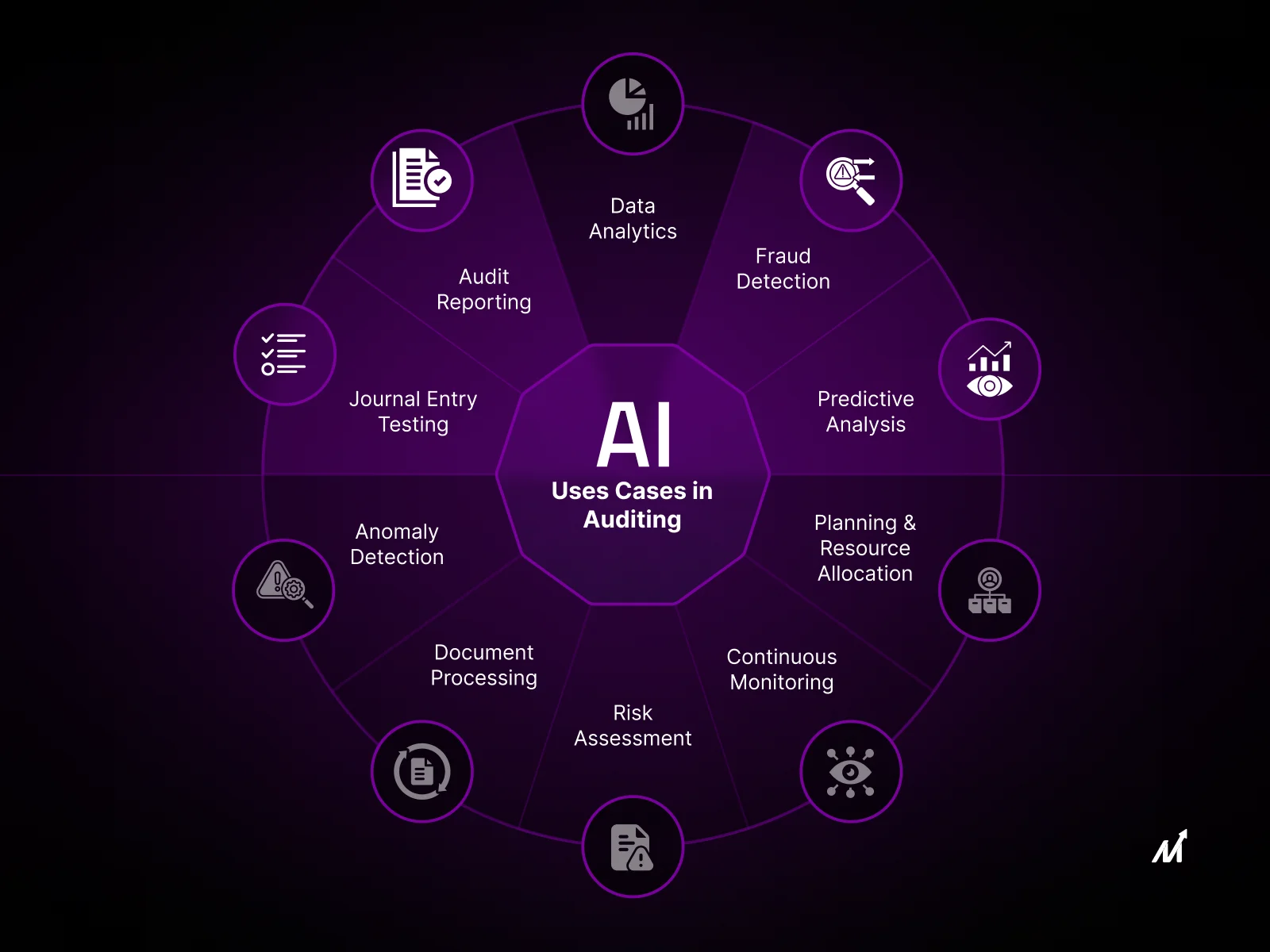
Timing of Detection: Traditional audits are conducted periodically and may miss vulnerabilities introduced after the audit, while real-time risk scanners continuously monitor cross-chain transactions to catch threats as they emerge.
-
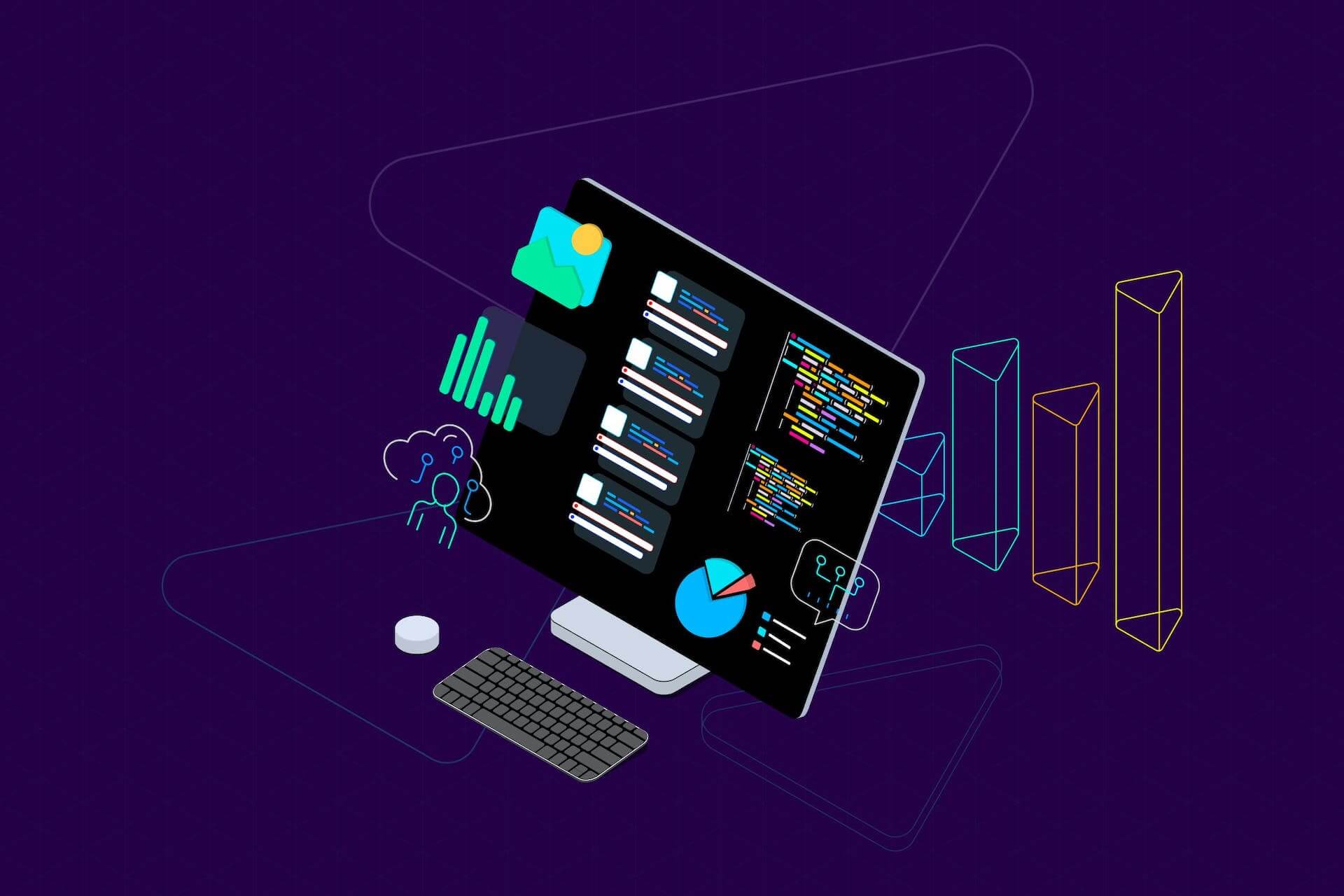
Scope of Analysis: Audits typically focus on reviewing code and known vulnerabilities at a specific point in time. In contrast, real-time scanners like Hirule Labs’ Cross-Chain Vulnerability Detection System actively analyze live transaction data and behavioral patterns across multiple chains.
-
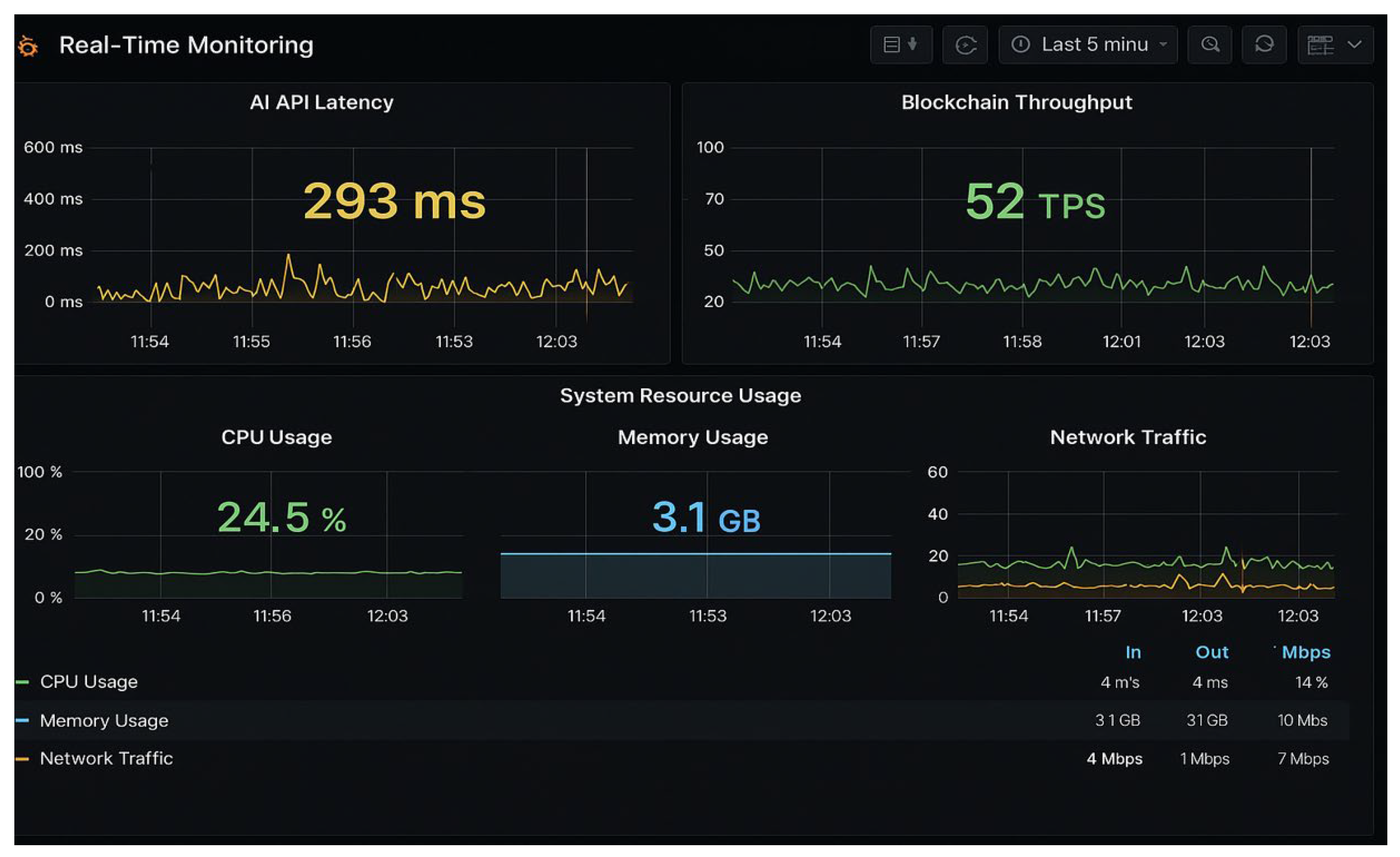
Response Speed: Audits can only suggest fixes after vulnerabilities are found, often leaving a window of risk. Real-time risk scanners such as XChainWatcher enable immediate alerts and automated responses to suspicious activities, helping prevent exploits like those seen in the Ronin and Nomad bridge attacks.
-

Adaptability to New Threats: Traditional audits may not account for evolving attack vectors. Real-time scanners leverage AI and anomaly detection (e.g., HighGuard) to identify novel threats and deviations from smart contract logic as they occur.
-

Cross-Chain Correlation: Audits often assess individual protocols in isolation. Real-time scanners like SmartAxe can correlate activities across multiple blockchains, spotting complex, coordinated attacks that audits might overlook.
-
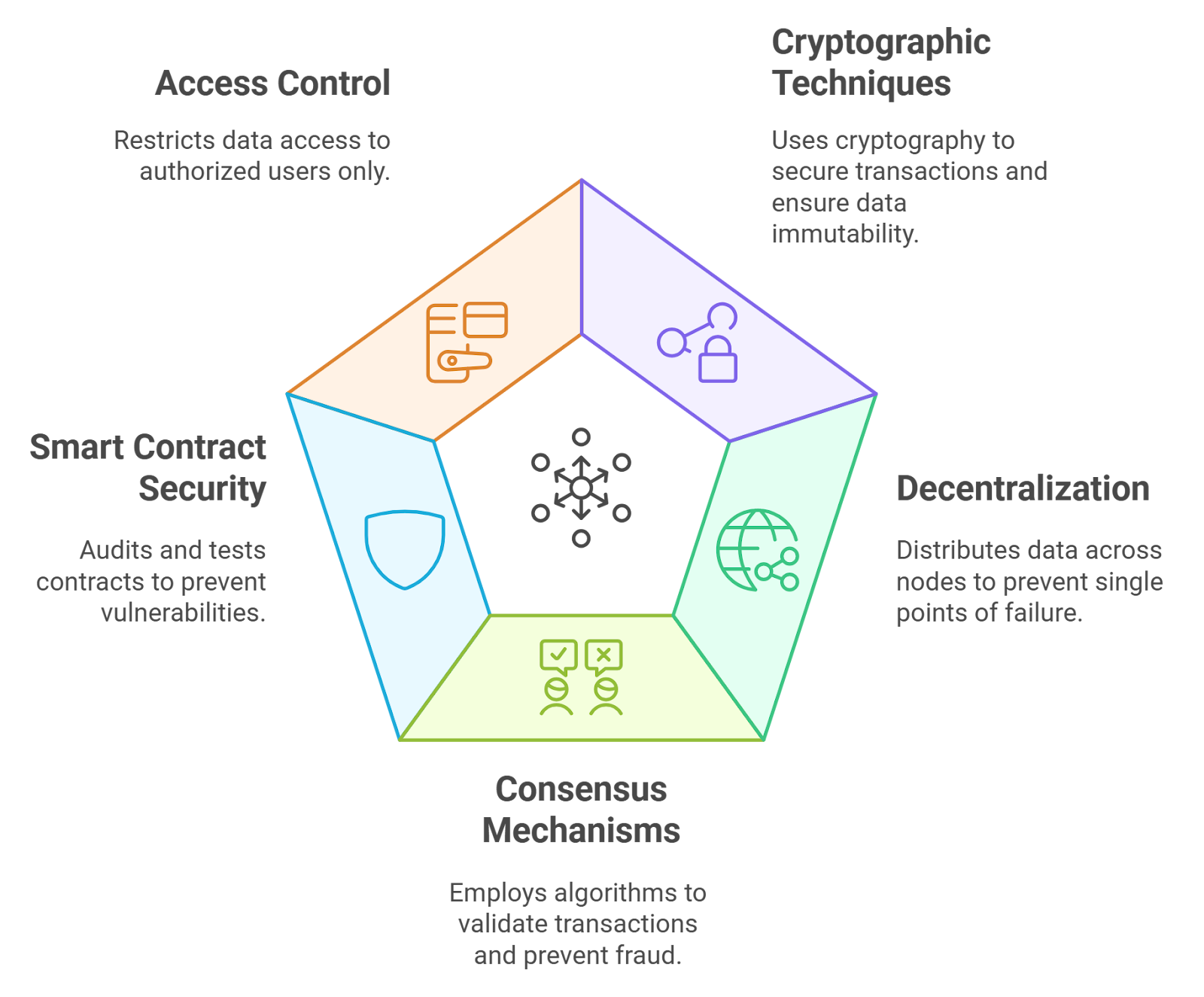
Ongoing Protection: Audits provide a snapshot of security at one moment, requiring regular repetition to stay current. Real-time risk scanners offer continuous, automated defense, crucial for safeguarding assets in the ever-evolving DeFi landscape.
1. Detecting Zero-Day Attacks: By analyzing live data flows and transaction behaviors across chains, these tools can catch previously unknown attack vectors that would slip past static reviews.
2. Providing Continuous Protection: As soon as a new vulnerability emerges, whether from an upgrade, integration, or novel exploit technique, real-time scanners can flag it before attackers drain funds.
3. Enabling Automated Response: Some advanced platforms don’t just alert teams; they can trigger automated mitigation protocols or circuit breakers to halt suspicious activity immediately.
Integrating Risk Scanners Into Your Security Stack
If you’re building or managing a cross-chain protocol, integrating real-time risk analysis tools should be non-negotiable. Most leading scanners offer APIs and dashboards that plug directly into your monitoring stack. Some even provide customizable alert thresholds so you can tailor responses to your protocol’s unique risk profile.
And don’t forget about community transparency: public dashboards showing scanner alerts help build user trust and demonstrate proactive security practices, a big win in today’s ultra-competitive DeFi landscape.
Staying Ahead of Cross-Chain Messaging Vulnerabilities
The cross-chain future is bright, but only if we stay vigilant. As billions of dollars move freely between blockchains, risk analysis tools like XChainWatcher, HighGuard, and SmartAxe are no longer nice-to-haves, they’re your first line of defense against evolving threats.
If you want to dive deeper into how these tools work under the hood (or see them in action), check out research from Hirule Labs, public case studies on arxiv. org, or practical guides from leading audit teams. And remember: every day without real-time scanning is another day leaving your protocol exposed to the next big exploit.
Key Takeaways for Builders and Users
- Don’t wait for post-mortems: Proactive monitoring beats reactive patching every time.
- Diversify your defense: Combine audits with live scanning for layered security.
- User education matters: Make alerts visible so users understand risks in real time.
The bottom line? In cross-chain DeFi, speed and transparency are everything. With robust real-time risk scanners watching your back, you’re not just keeping up, you’re staying ahead of the curve while protecting both assets and reputation in an ever-evolving threat landscape.
